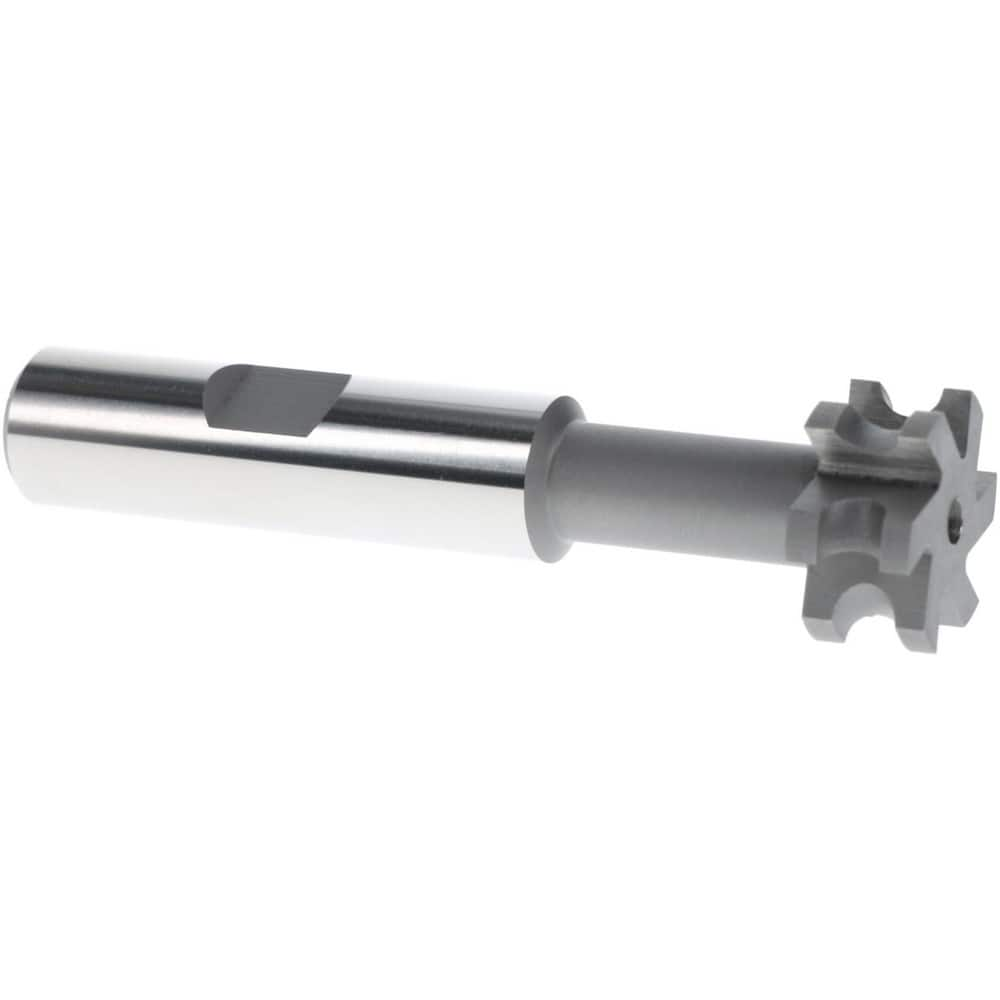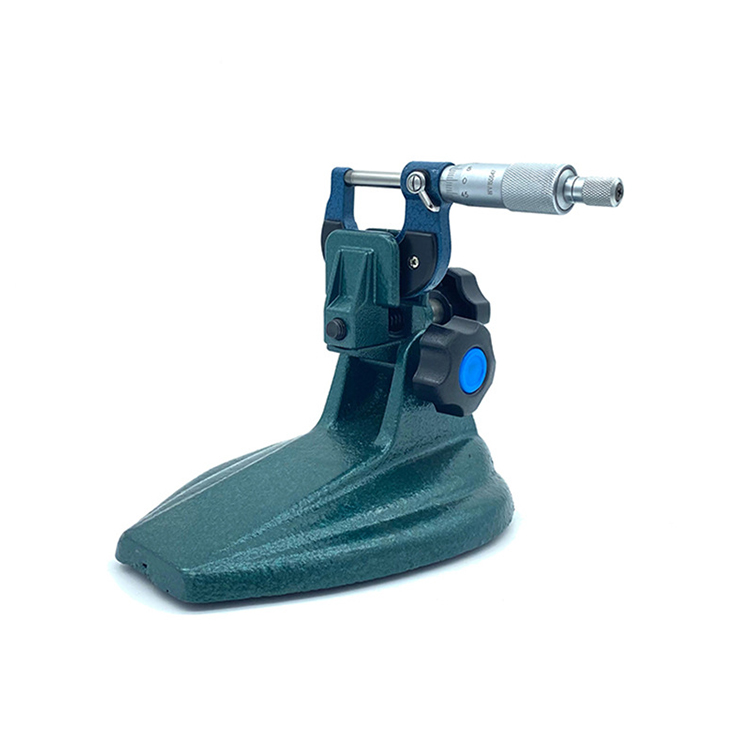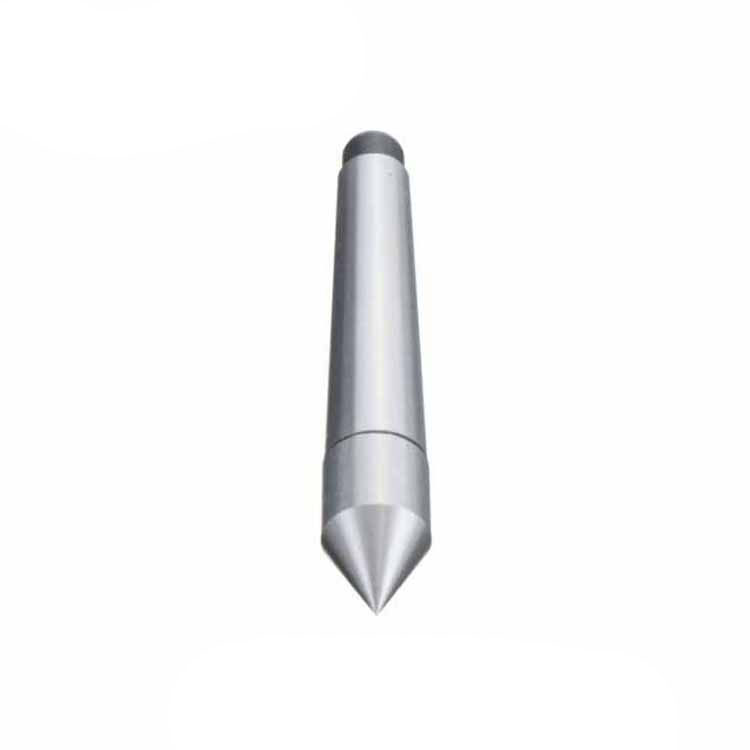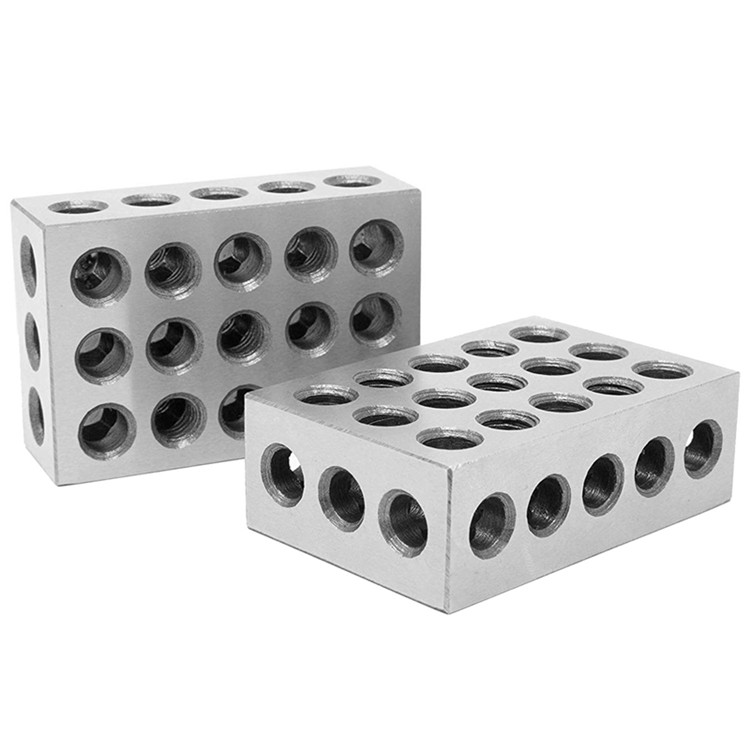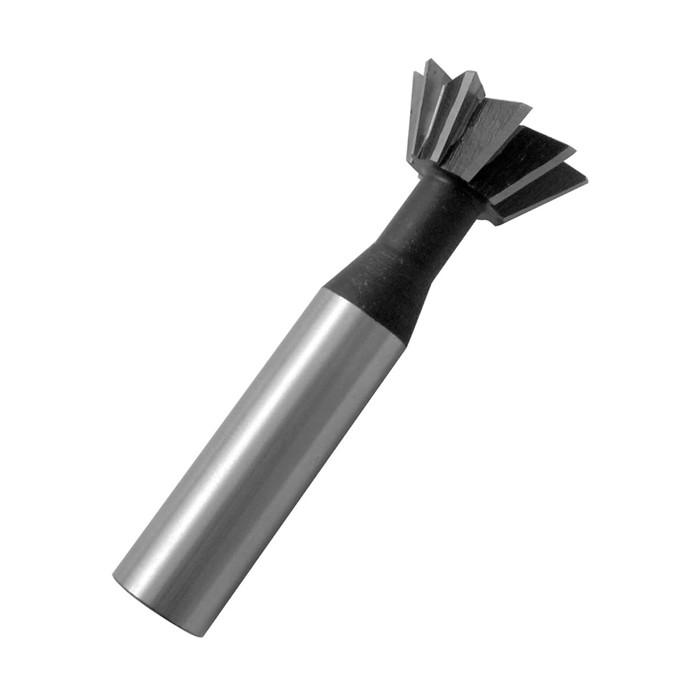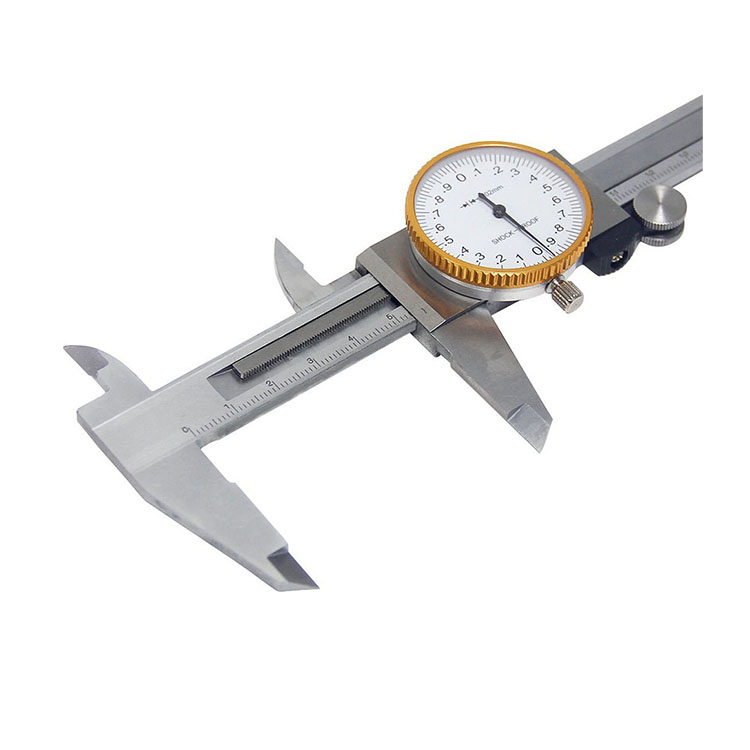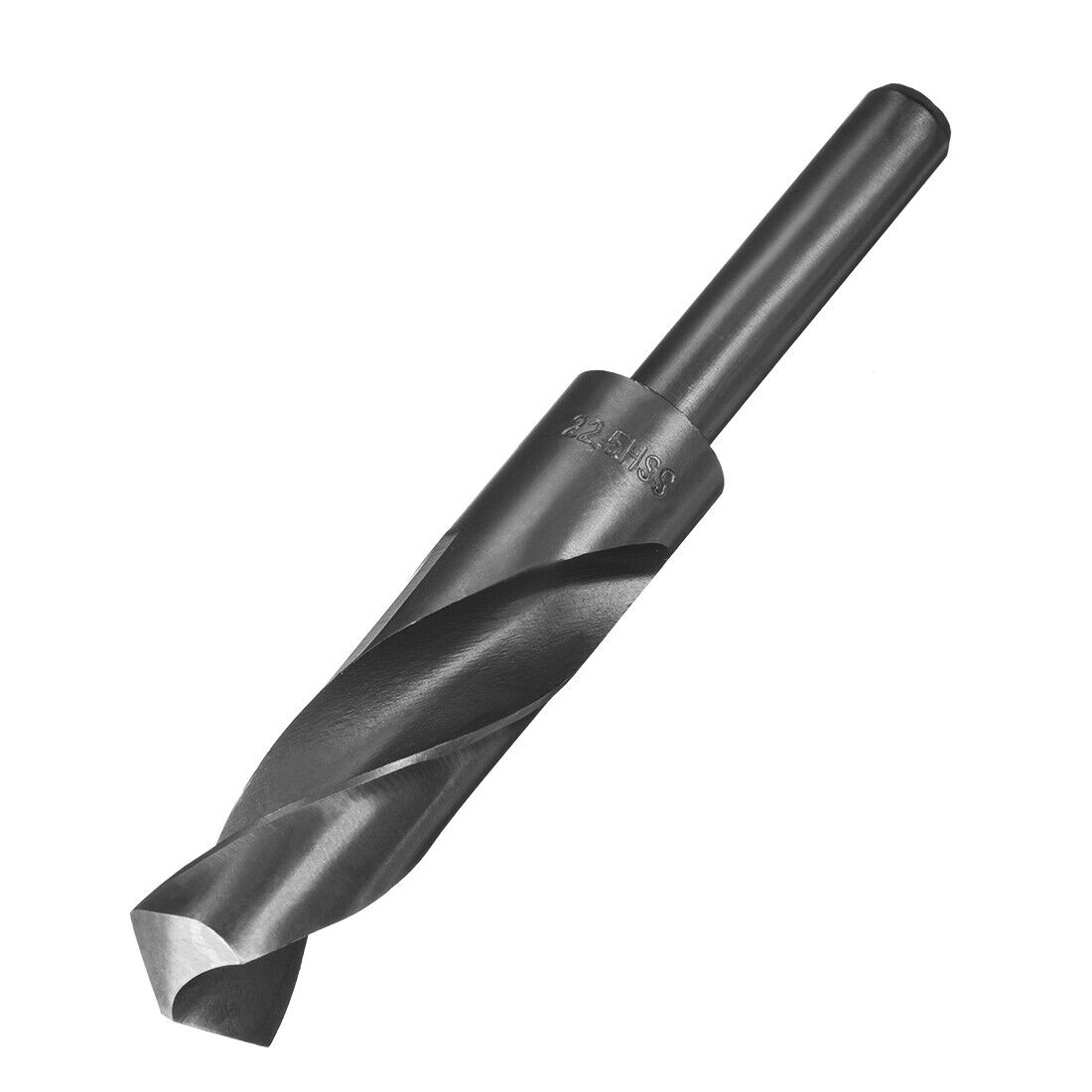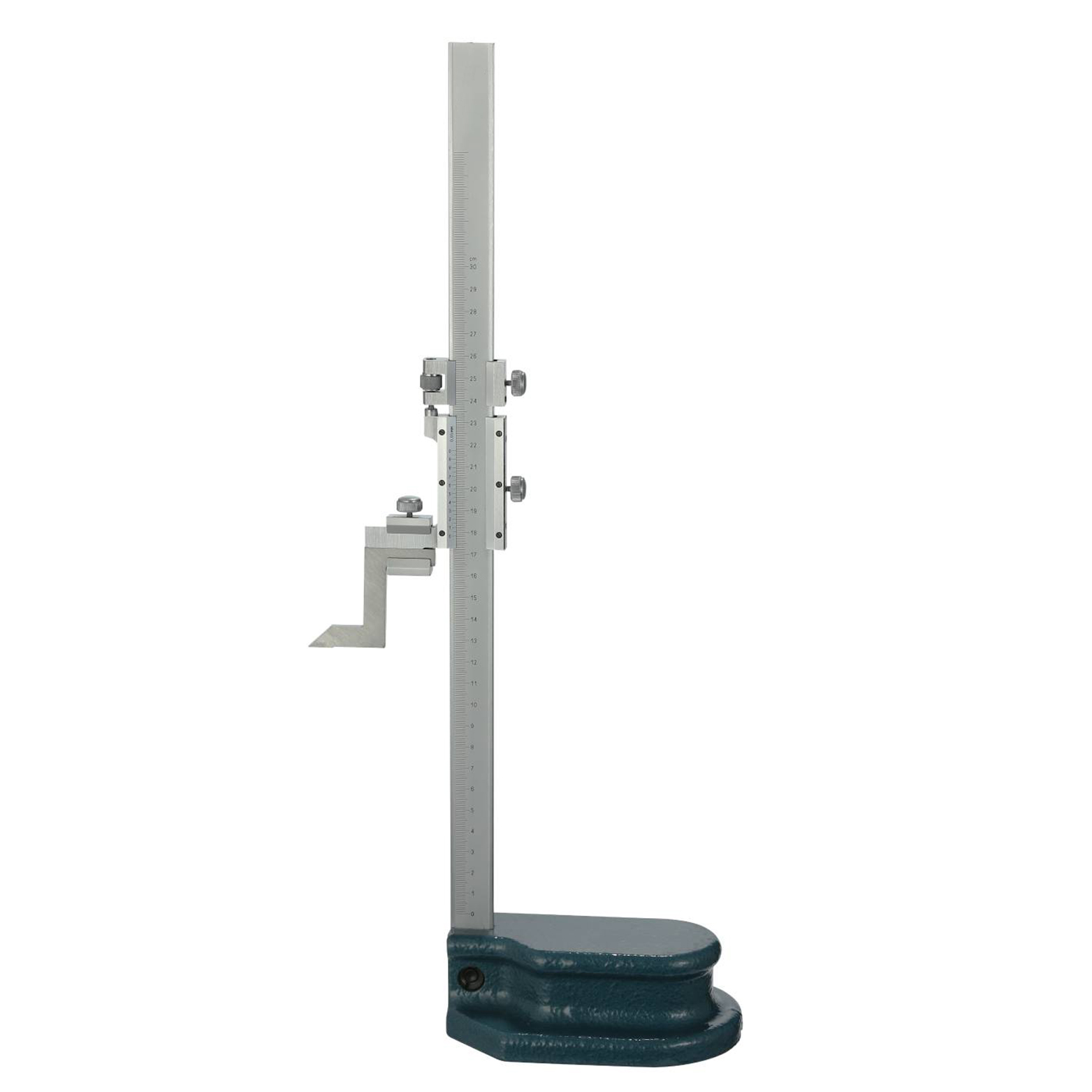Digital Indicator Manufacturer
Selecting the right digital indicator manufacturer is crucial for ensuring accuracy and reliability in various industrial applications. This guide explores key considerations, from understanding indicator types and specifications to evaluating manufacturer capabilities and support, helping you make an informed decision and optimize your measurement processes.
Understanding Digital Indicators
Digital indicators are electronic devices used to display measurements from sensors or transducers in a numerical format. They play a vital role in process control, data acquisition, and quality assurance across industries.
Types of Digital Indicators
Various types of digital indicators cater to specific applications. Here are some common types:
- Process Indicators: Display readings from process sensors like temperature, pressure, and flow.
- Weight Indicators: Used in weighing scales and systems to display weight values.
- Strain Gauge Indicators: Measure strain, force, and torque using strain gauge sensors.
- Position Indicators: Display position or displacement measurements from linear or rotary encoders.
- Multimeters: Combine multiple measurement functions, such as voltage, current, and resistance.
Key Specifications to Consider
When selecting a digital indicator, consider these key specifications:
- Input Signal Type: Ensure compatibility with your sensor's output (e.g., 4-20mA, 0-10V, thermocouple).
- Accuracy: Specifies the maximum error in the displayed reading.
- Resolution: Determines the smallest increment the indicator can display.
- Display Type: Options include LED, LCD, and OLED, each offering different visibility and power consumption characteristics.
- Environmental Protection: Choose an indicator with an IP rating suitable for your operating environment (e.g., IP65 for dust and water resistance).
- Communication Interfaces: Consider interfaces like RS-232, RS-485, Ethernet, or USB for data logging and remote monitoring.
- Power Supply: Check the required voltage and power consumption.
Evaluating Digital Indicator Manufacturers
Choosing the right digital indicator manufacturer is essential for long-term reliability and support. Here's what to look for:
Experience and Reputation
Look for manufacturers with a proven track record in the industry. Check customer reviews and testimonials to gauge their reputation for quality and service. For instance, Wayleading Tools, with its decade of experience, has built a reputation for providing reliable and accurate measurement solutions. You can find more information on their website: www.wayleading.com.
Product Range and Customization Options
A good manufacturer offers a wide range of digital indicators to suit various applications. They should also provide customization options to meet specific requirements, such as custom scales, alarm settings, or display configurations. If you need a specific feature or configuration, inquire about the manufacturer's ability to tailor their products. Some manufacturers, like Wayleading Tools, specialize in providing tailored solutions to meet unique customer needs.
Quality Control and Certifications
Ensure the manufacturer adheres to stringent quality control processes and holds relevant certifications, such as ISO 9001. This indicates their commitment to producing high-quality, reliable products.
Technical Support and Service
Reliable technical support and after-sales service are crucial. Check if the manufacturer offers comprehensive documentation, application notes, and responsive technical assistance. A manufacturer that provides prompt and helpful support can minimize downtime and ensure smooth operation. Consider factors like warranty periods, repair services, and availability of spare parts.
Pricing and Lead Times
Compare pricing across different manufacturers, but don't solely focus on the lowest price. Consider the overall value, including quality, features, and support. Also, inquire about lead times for standard and customized products to ensure they align with your project schedule.
Case Studies and Applications
Let's look at some examples of how digital indicators are used in different industries:
- Manufacturing: Monitoring temperature in ovens, pressure in hydraulic systems, and position of robotic arms.
- Food Processing: Measuring temperature in cooking processes, weight of ingredients, and pH levels of liquids.
- Pharmaceutical: Monitoring temperature and pressure in reactors, humidity in storage areas, and weight of raw materials.
- Aerospace: Measuring strain on aircraft components, pressure in hydraulic systems, and temperature in engines.
Comparing Popular Digital Indicator Manufacturers
Below is a sample table showcasing potential comparison points for choosing a digital indicator manufacturer. Always verify the data with the manufacturers directly, as specifications can change.
| Feature | Manufacturer A (Example) | Manufacturer B (Example) | Wayleading Tools |
|---|---|---|---|
| Input Signal Types | 4-20mA, 0-10V, Thermocouples | 4-20mA, RTDs, Strain Gauge | 4-20mA, 0-10V, Thermocouples, RTDs, Load Cell |
| Accuracy | ±0.1% FS | ±0.05% FS | ±0.02% FS |
| Communication | RS-485 | Ethernet | RS-232, RS-485, Modbus TCP |
| Customization Options | Limited | Some | Extensive |
Conclusion
Selecting the right digital indicator manufacturer requires careful consideration of your application needs, the manufacturer's capabilities, and the overall value they offer. By following the guidelines outlined in this article, you can make an informed decision and ensure accurate, reliable measurements for your critical processes. Remember to prioritize factors like experience, product range, quality control, technical support, and customization options when making your selection.
Related products
Related products
Best selling products
Best selling products-
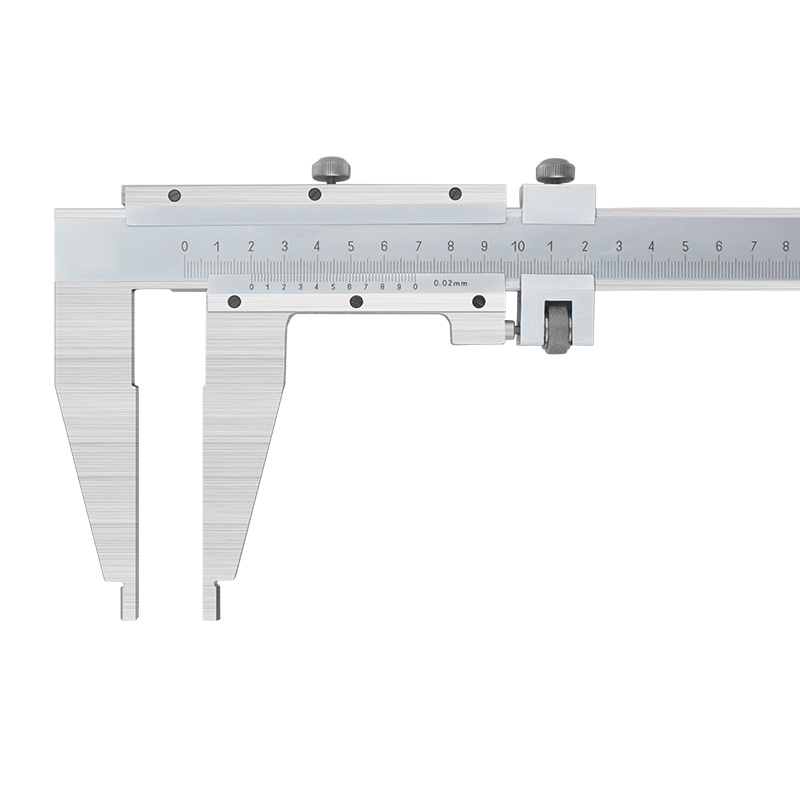 Precision Vernier Caliper With Nib Style Jaws Of Metric & Imperial For Industrial
Precision Vernier Caliper With Nib Style Jaws Of Metric & Imperial For Industrial -
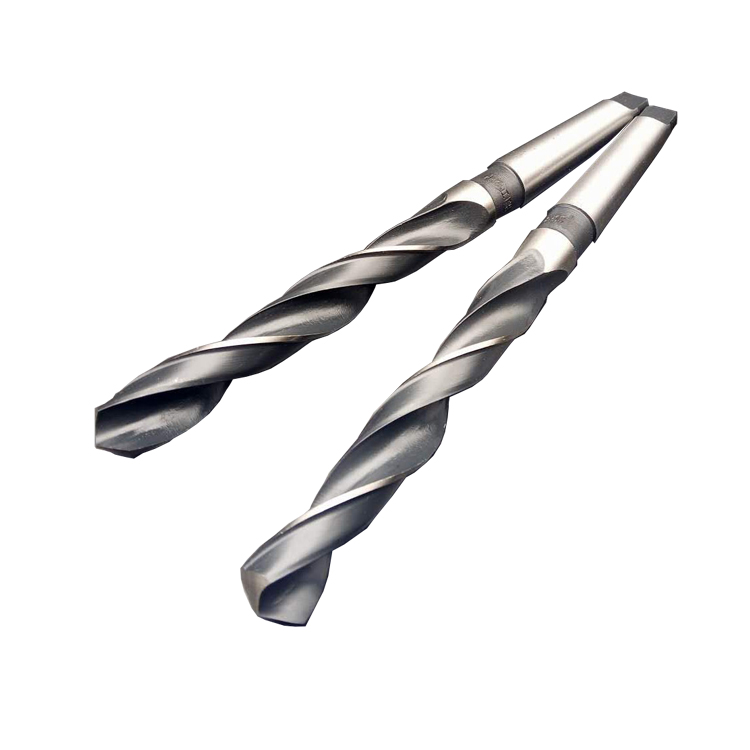 HSS Metric Taper Shank Twit Drills For Metal Cutting Of High Precision
HSS Metric Taper Shank Twit Drills For Metal Cutting Of High Precision -
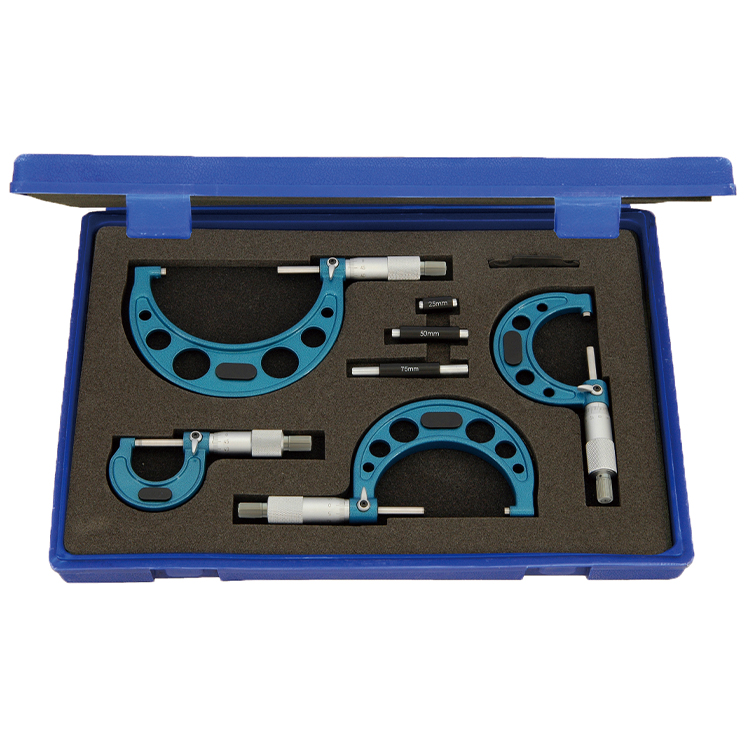 Outside Micrometer Set Of Inch & Metric With Rachet Stop
Outside Micrometer Set Of Inch & Metric With Rachet Stop -
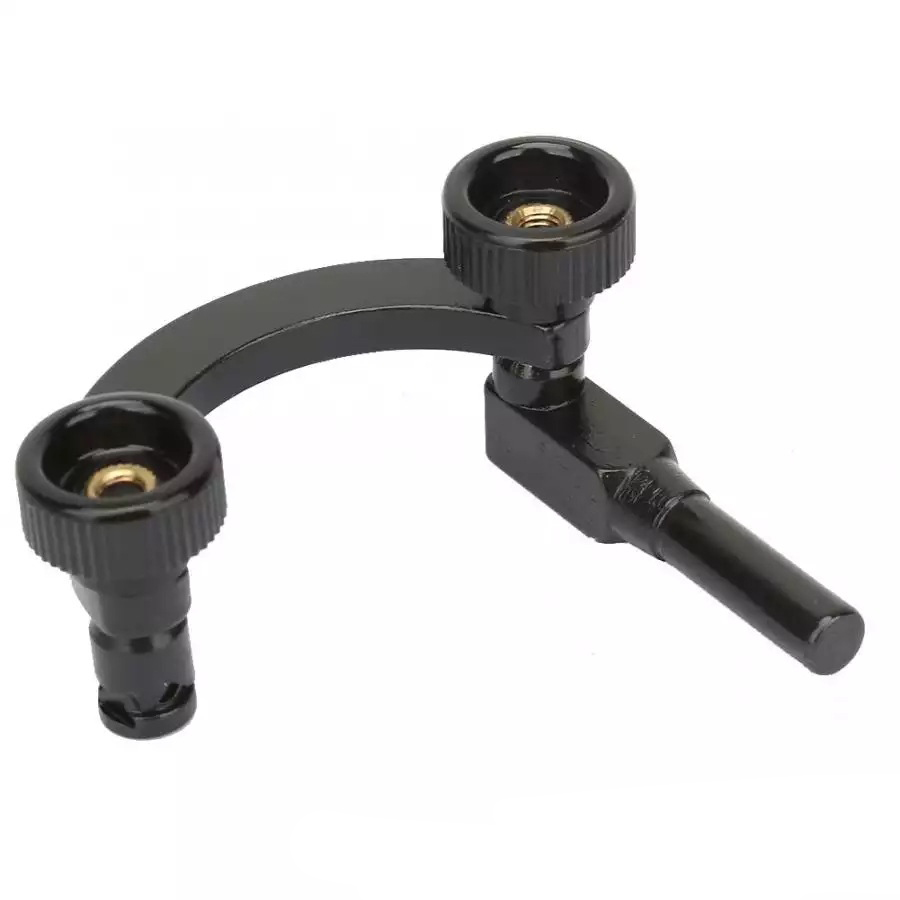 Precision Dial Test Indicator Holder For Industrial
Precision Dial Test Indicator Holder For Industrial -
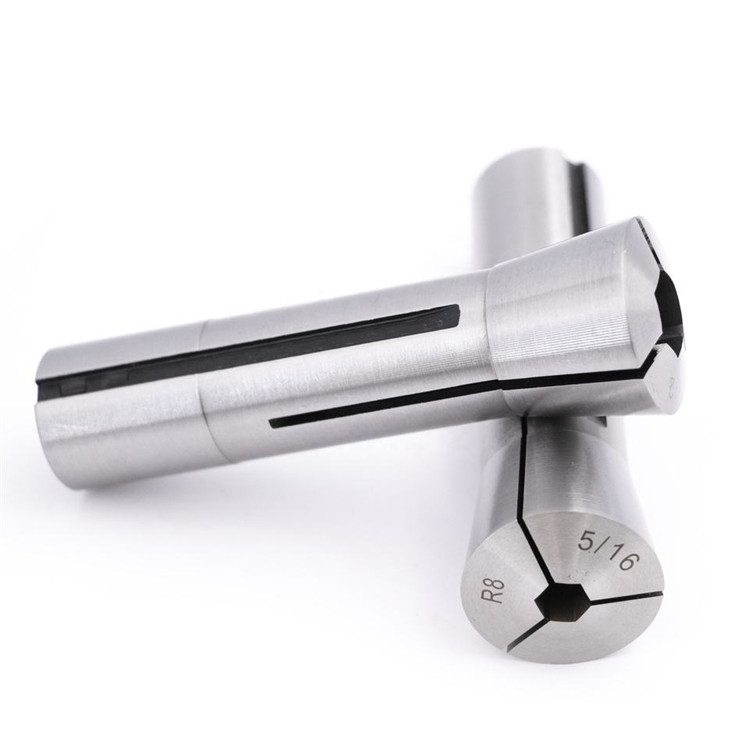 R8 Hex Collet With Inch and Metric Size
R8 Hex Collet With Inch and Metric Size -
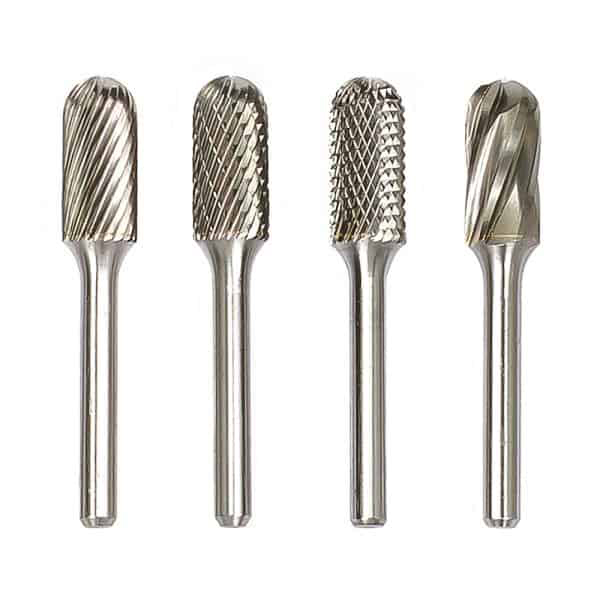 Type C Cylinder Ball Nose Tungsten Carbide Rotary Burr
Type C Cylinder Ball Nose Tungsten Carbide Rotary Burr -
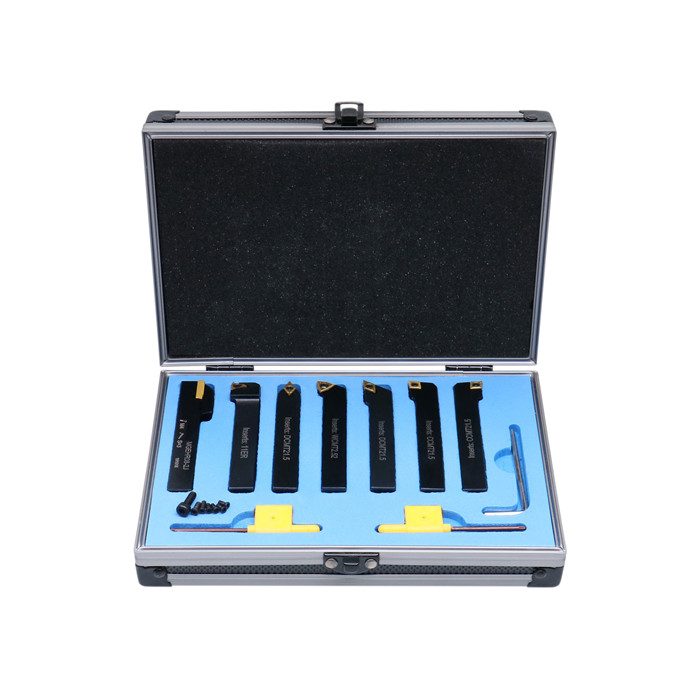 7pcs Carbide Turning Tool Set With Metric & Inch Size
7pcs Carbide Turning Tool Set With Metric & Inch Size -
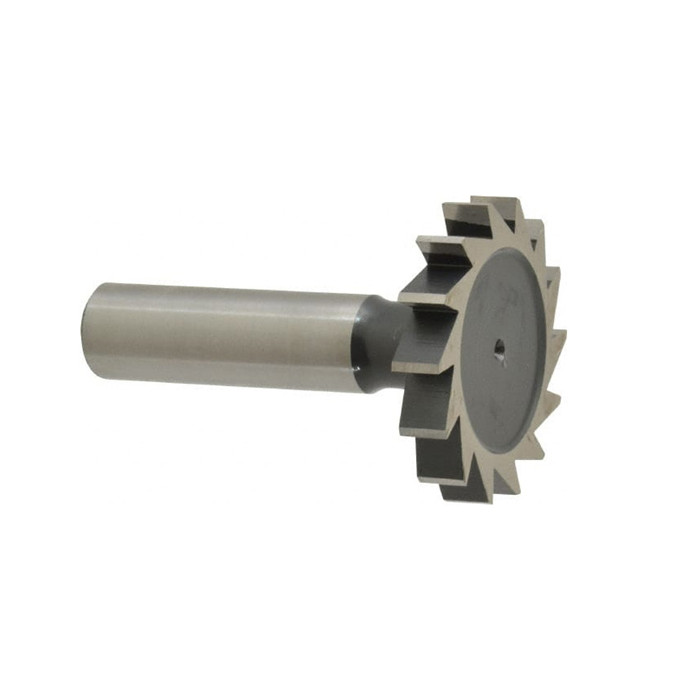 HSS Metric & Inch Woodruff Keyseat Cutter With Straight Or staggered Teeth
HSS Metric & Inch Woodruff Keyseat Cutter With Straight Or staggered Teeth -
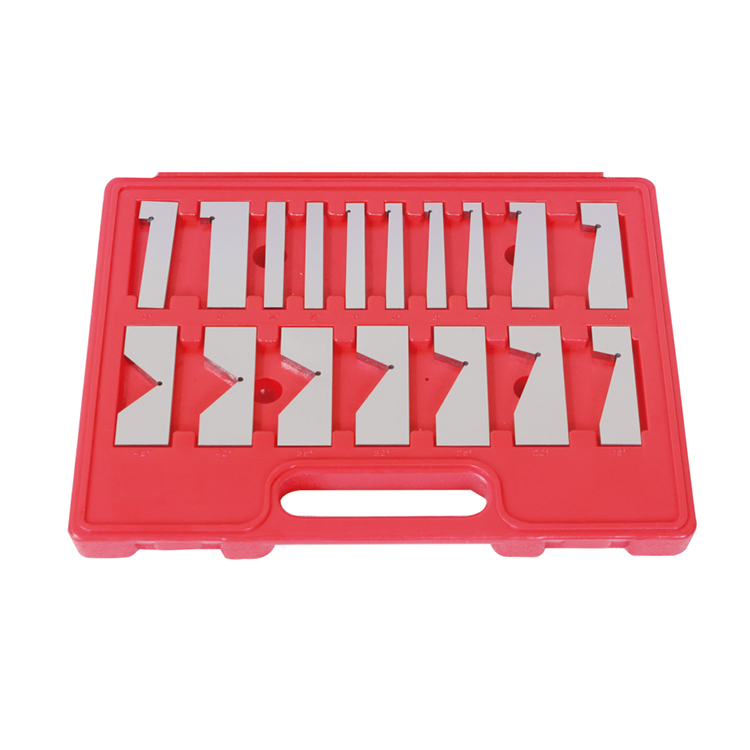 Precision 17pcs Angle Blocks Set With High Quality Type
Precision 17pcs Angle Blocks Set With High Quality Type -
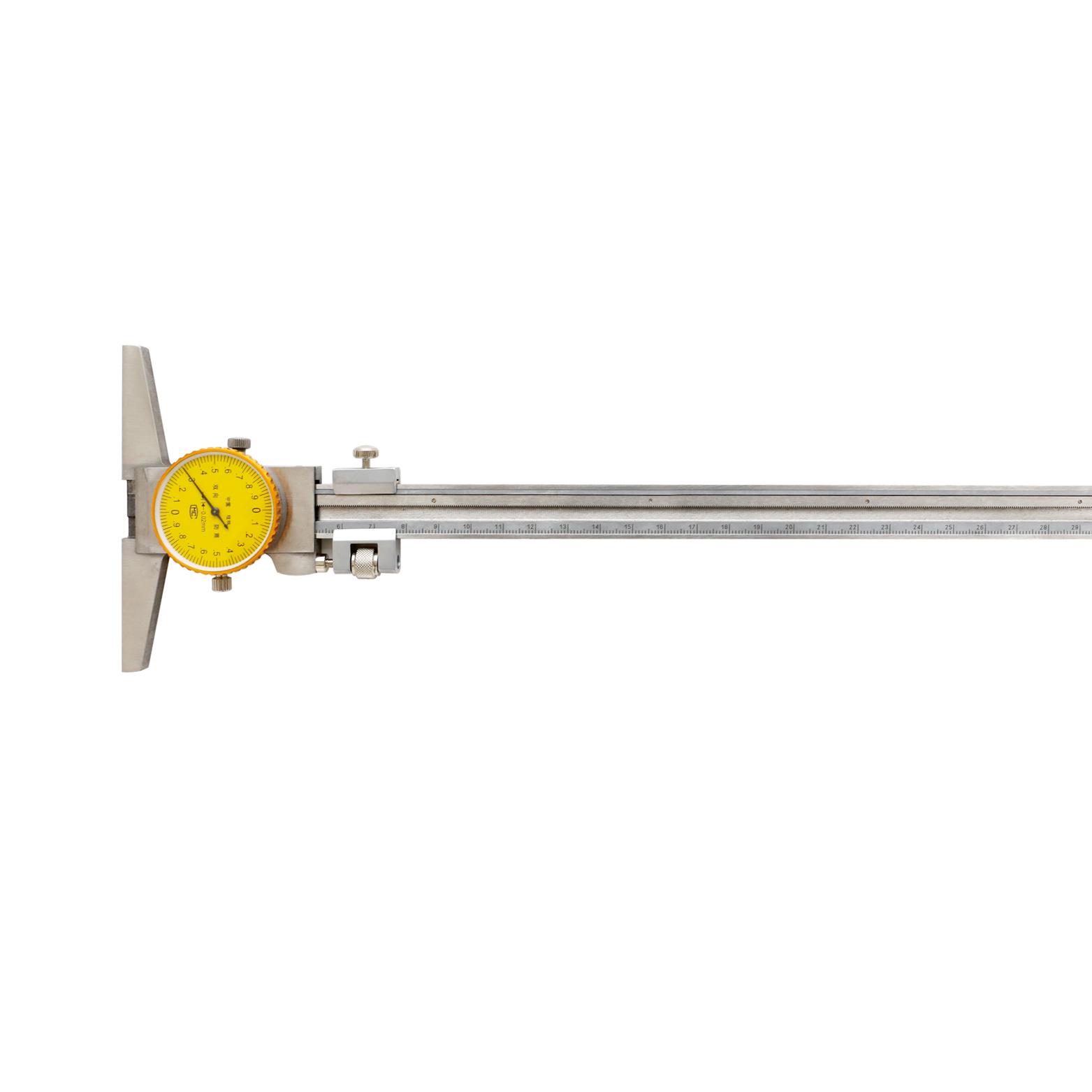 Dial Depth Gauge With Stainless Steel For Industrial Type
Dial Depth Gauge With Stainless Steel For Industrial Type -
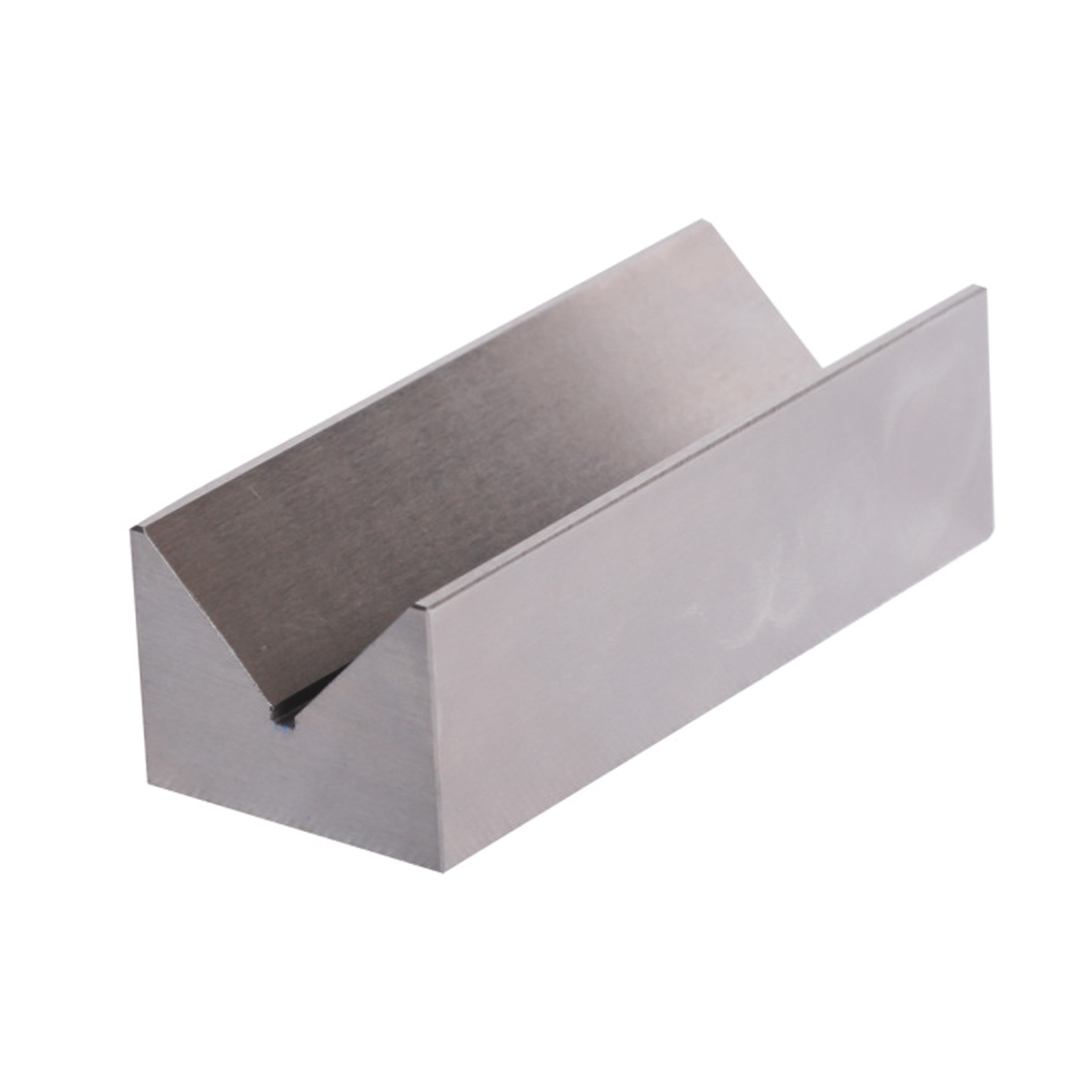 Precision V Block Set With Industrial Type
Precision V Block Set With Industrial Type -
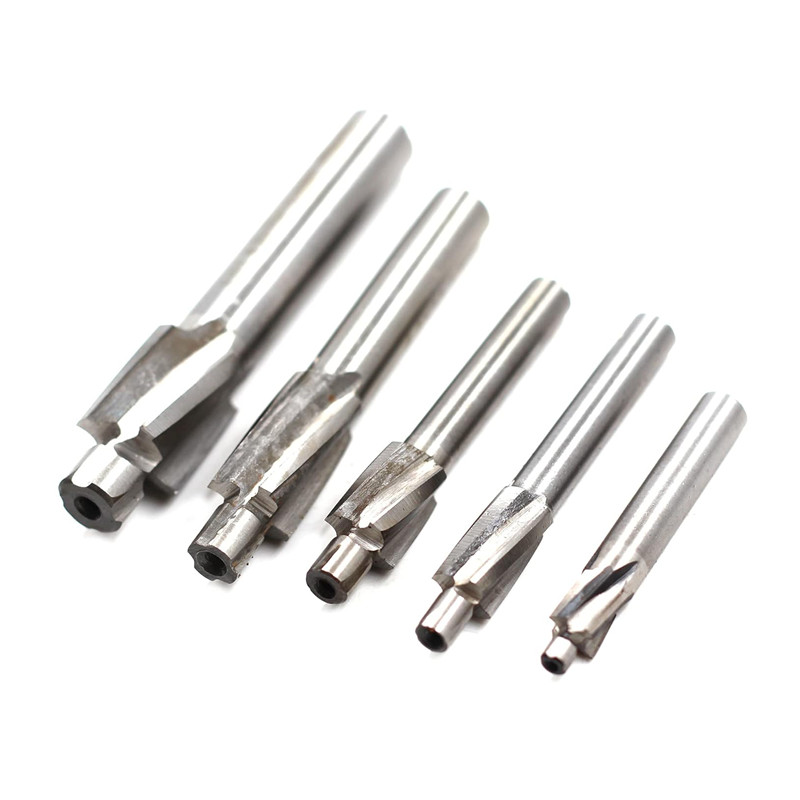 3 Flutes HSS Counterbore Drill Bit With Metric And Inch Size
3 Flutes HSS Counterbore Drill Bit With Metric And Inch Size

